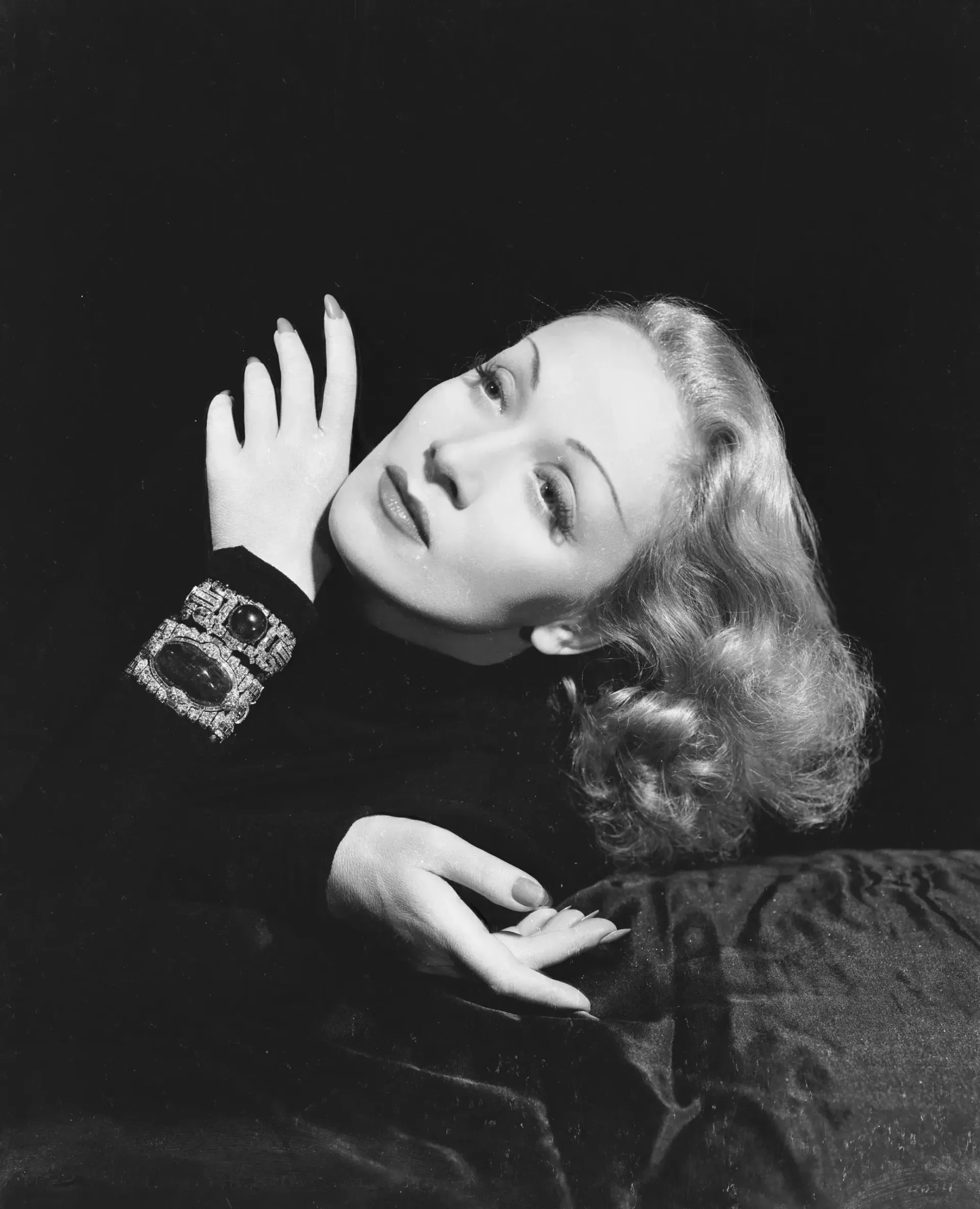Why Marlene Dietrich is a Gay Icon
The Undeniable Allure of Marlene Dietrich
Why is Marlene Dietrich a gay icon? Why has this screen siren from the golden age of Hollywood become a beacon for the gay community? What is it about her that resonates so profoundly with so many?
A Dance with Camp Aesthetics Theory
Susan Sontag saw the world in technicolor. Her concept of 'Camp' aesthetics opens a lens to examine the shimmering appeal of Dietrich. A core element of Camp, according to Sontag, is the love of the unnatural: of artifice and exaggeration.
And boy, was Dietrich a masterpiece of dramatic flamboyance! She wore trousers when it was considered scandalous for women, making her a fashion-forward figure who defied the norms. It's easy to see why the queer community, always ready to celebrate the extraordinary, would embrace her.

Strutting the Divine Femininity and Androgyny Runway
Judith Butler, always the provocateur, offers another perspective. Remember the image of Dietrich in a top hat and tails, a tantalizing mix of the masculine and the feminine? This fits right into Butler's theory of gender as a performance. Dietrich's challenging and playing with gender norms empowered many gay men who found in her an inspiration to express their own suppressed identities.
A Gritty Tale of Identification and Resilience
Ever wonder what made Dietrich stand the test of time? Perhaps it was her resilience. Diana Fuss points to identification as a potent psychological process, and Dietrich's resilience in the face of adversity mirrors the gay community's own struggle against prejudice.
When Dietrich defied Nazi officials and stood against fascism, she marked herself as an unyielding figure of resistance. It's a story that resonates with those who know what it is to stand firm against societal oppression.
The Liberation of Embracing the "Other"
Remember Simone de Beauvoir? The woman who delved into the concept of women as the "Other"? De Beauvoir’s "Other" theory posits that women, marginalized in a male-centric society, might resonate with gay men who also experience the sense of being an outsider.
Now imagine Dietrich, a woman who was consistently out of step with societal norms. Her defiance, her nonconformity, and her insistence on living authentically echo with the gay community's own fight for liberation from heteronormative constraints.
The legacy of Marlene Dietrich is a testament to her enduring appeal and her resonance with the gay community. Each theory provides a new angle to examine her iconic status, revealing a multifaceted portrait of a woman who became more than just a movie star. She became an icon, a beacon, and an enduring source of inspiration.
A Homosocial Desire for Unity and Community
Eve Kosofsky Sedgwick, ever the master of untangling the complexities of relationships, gives us a fresh take on our understanding of Dietrich's appeal. Sedgwick's Homosocial Desire Theory suggests that in a heteronormative society, intense bonds, often not sexual, form among people of the same sex.
Could it be that Dietrich became an emblem of unity for gay men, strengthening their sense of community? Through her, could they form these deep, non-sexual bonds that Sedgwick describes? It certainly adds another layer to our understanding of the unbreakable connection between Dietrich and her gay fanbase.
Marlene Dietrich, a Mirror Image
Let's not forget Jacques Lacan's Mirror Image Theory. Lacan suggests that the recognition of oneself in the mirror forms an essential part of self-concept. Now, imagine being a gay man in a time when society continually questioned your identity. Then, you see Dietrich, challenging norms, boldly flaunting her androgyny, standing up against fascism. Suddenly, you see a reflection of your own struggle, your defiance, your aspirations. Is it any wonder then that Dietrich, this mirror image of resilience and non-conformity, became such an influential figure?
Transgressing Boundaries, Challenging Expectations
And then, of course, there's the unruly Jack Halberstam and his Transgressive Theory. The gay community, like many marginalized groups, knows what it feels like to live against the grain. Dietrich, who defied expectations at every turn, offers a roadmap for transgression, a beacon of defiance against societal expectations. As Halberstam might put it, she broke boundaries and lived authentically, becoming a potent symbol of transgression.
Dietrich's enigma continues to reveal itself through these theories, each one offering new insights into her enduring allure. Her defiance, authenticity, and the resilience reflected in these theories, present an intricate portrait of the woman who was, and still is, a gay icon.










